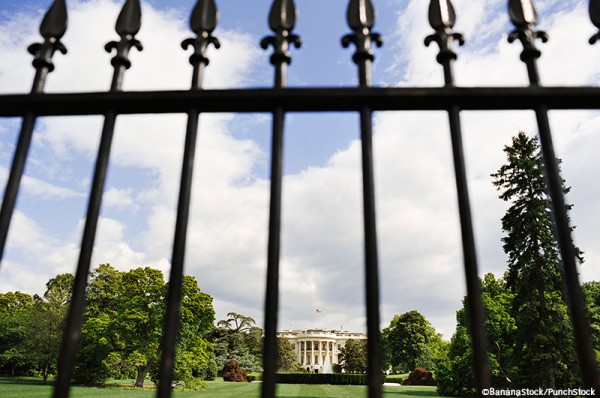
Last Friday marked the end of the negotiating period between the White House and Congress about funding for Trump’s border wall between the United States and Mexico. If no compromise was reached by Friday, the federal government would once again face a partial shutdown. In the days leading up to Friday, however, it looked like the two sides were still no closer to reaching an agreement. As a result, on Friday Trump circumvented Congress entirely, declaring a national emergency so that he could immediately access the funds necessary to build the wall. Here, btw takes a closer look at the situation.
What Happened?
Back in January, the federal government shut down because Trump demanded $5.7 billion to build a wall along the U.S. southern border, which Congressional Democrats refused to sign off on. After the longest federal government shutdown in history (35 days), the government reopened for three weeks to give both sides time to come up with a deal. On Friday, time ran out, with neither side willing to budge. Trump then took to national television to announce that he was declaring a national emergency on the southern border. Once a national emergency has been declared, the president has the authority to use whatever funds they need to deal with the crisis, without having to go through Congress for approval.

The problem is that many people do not see a national emergency at the southern border. While the president claimed in his speech that an “invasion” of drugs, criminals, and illegal immigrants from Central and South American constitute a threat to national security, experts insist that there is no such influx, and that in fact most immigrants at the border right now are those who have already filed necessary paperwork and are waiting for it to be processed. (In fact, the number of illegal crossings has actually dropped in recent years.) Furthermore, taking federal money away from real disasters–such as hurricanes, flooding, and wildfires–could pose a real risk to the health and safety of Americans in the future.
So What Happens Now?
If his plan works, Trump will receive far more than the $5.7 billion he requested: closer to $8 billion. Here’s where the money will come from: $1.375 billion that was originally budgeted for border safety; $3.6 billion diverted from military spending projects; $2.5 billion from counter-narcotics programs; and $600 million from a designated Treasury Department fund.
But he may not get this money anytime soon. House Democrats immediately announced their intention to introduce legislation to stop the funding for the wall, and enough Republicans have been critical of Trump’s plan that the Democrats may have the votes they need to pass it. In addition, several states and organizations have declared Trump’s move to be unconstitutional, and stated that they will be challenging the president in the courts. Whether Trump wins or not, the funding will likely be tied up in expensive legal battles for some time.
What Will This Mean in the Future?
Trump has admitted that he didn’t have to declare an emergency, but he did it that way so that he could get the wall constructed more quickly. Unfortunately, this sets a potentially dangerous precedent: any president who can’t get Congress to do what he or she wants can now simply declare a national emergency to get the funding they need. For example, a future Democratic president could issue a national emergency to fund gun control or to fight climate change.
